Belt Conveyor: Streamlining Industrial Efficiency
Belt Conveyor: Streamlining Industrial Efficiency
Introduction
In industries where efficiency and reliability are paramount, the belt conveyor emerges as a crucial solution. This versatile equipment facilitates the seamless movement of materials, enhancing productivity and reducing manual labor. Let's delve deeper into its functionalities and benefits.
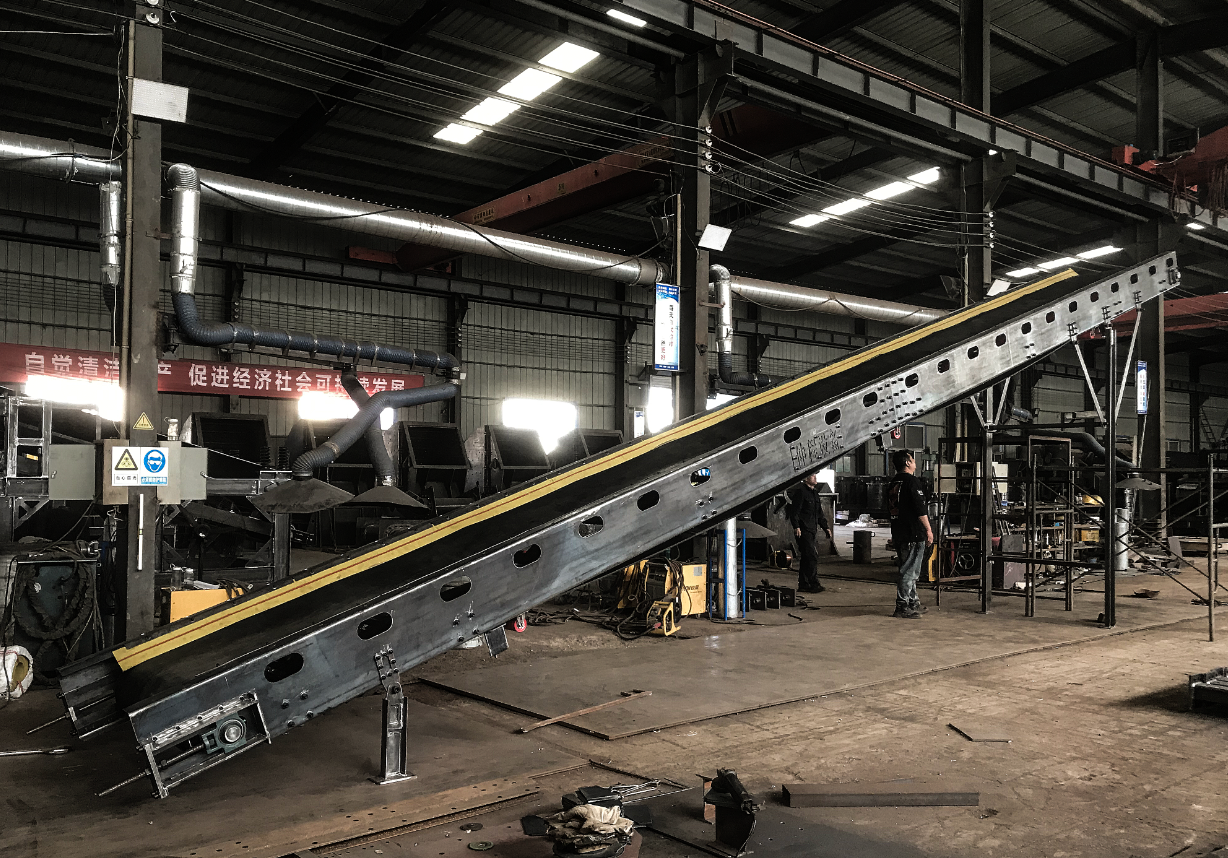
Understanding Belt Conveyors
A belt conveyor comprises a sturdy belt stretched between two or more pulleys to transport various materials horizontally or at an inclined angle. This mechanism is pivotal across industries like manufacturing, mining, food processing, and logistics.
Key Components and Operation
The belt itself is typically made from durable materials such as rubber or PVC, chosen based on the conveyor's specific application and environmental conditions. It loops around idler rollers and pulleys, driven by electric motors to propel items along the conveyor line efficiently.
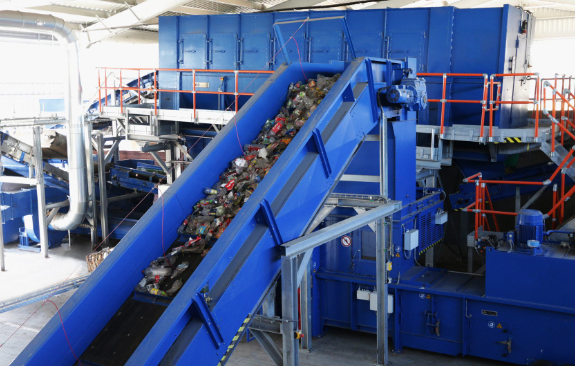
Advantages in Industrial Applications
Efficiency: Belt conveyors streamline operations by automating material transport, reducing downtime, and optimizing workflow.
Versatility: They handle a wide range of materials, from small and light to large and heavy, adapting to diverse industry needs.
Safety: With proper guarding and controls, belt conveyors enhance workplace safety by minimizing direct human interaction with moving materials.
Cost-Effectiveness: Initial setup costs are offset by long-term savings in labor and operational efficiency, making them a sound investment.
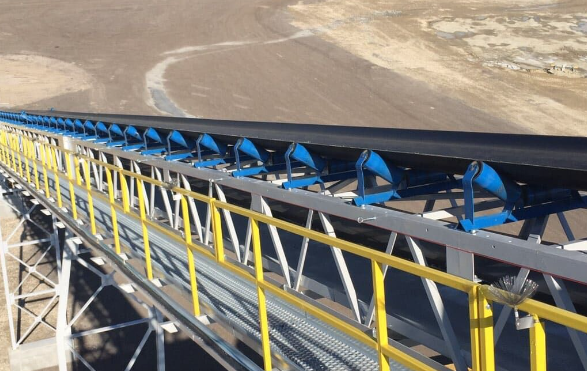
Environmental Impact
Modern belt conveyors are designed for energy efficiency, minimizing power consumption per transported unit of material. This eco-friendly approach aligns with sustainability goals, reducing carbon footprints across industries.
Choosing the Right Belt Conveyor
When selecting a belt conveyor, consider factors such as material type, conveyor length, load capacity, and operational environment. Customizable features ensure the conveyor system integrates seamlessly into existing processes, enhancing overall efficiency.
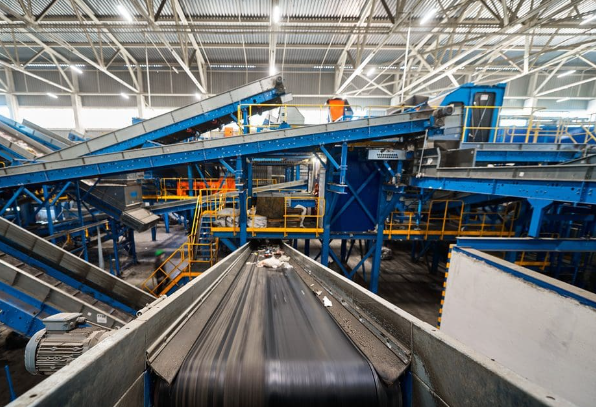
Maintenance and Longevity
Routine maintenance, including belt tension adjustments and lubrication of moving parts, prolongs the conveyor's lifespan and ensures optimal performance. Scheduled inspections and timely repairs prevent costly downtime, maintaining continuous operations.
Future Trends
The evolution of belt conveyors continues with advancements in automation and smart technologies. Integration with IoT (Internet of Things) enables real-time monitoring of conveyor performance, predictive maintenance, and data-driven decision-making.
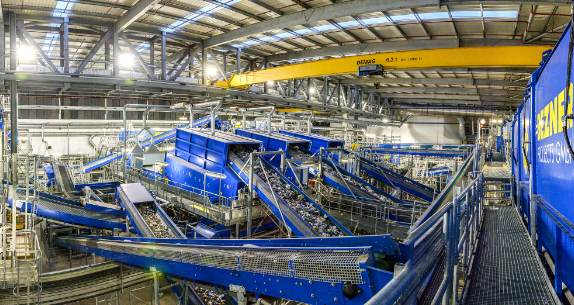
Conclusion
In conclusion, the belt conveyor stands as a cornerstone of modern industrial efficiency, offering reliability, versatility, and cost-effectiveness. By leveraging this technology, businesses across sectors can streamline operations, enhance safety, and contribute to sustainable practices. Embrace the power of belt conveyors to propel your industry forward into a more efficient future.
-
 Trommel screenTrommel screen, also known as drum screens, are widely used in various industries for sorting and separating materials.Get Quote
Trommel screenTrommel screen, also known as drum screens, are widely used in various industries for sorting and separating materials.Get Quote -
 Crop straw double shaft shreddApplications:Biomass Energy Production: Shredded straw can be used as a feedstock for bioenergy plants to produce electricity or heat.Livestock Feed: Reduced-si...Get Quote
Crop straw double shaft shreddApplications:Biomass Energy Production: Shredded straw can be used as a feedstock for bioenergy plants to produce electricity or heat.Livestock Feed: Reduced-si...Get Quote -
 Zhongcheng Air Drum SeparatorAir drum separators effectively separate lightweight materials (e.g., plastics, paper) from heavier materials (e.g., metals, glass). This high efficiency is cru...Get Quote
Zhongcheng Air Drum SeparatorAir drum separators effectively separate lightweight materials (e.g., plastics, paper) from heavier materials (e.g., metals, glass). This high efficiency is cru...Get Quote
-
2024-04-25Recycling Finger ScreensFinger screen is a type of screening equipment used to separate materials based on size. Unlike traditional screens, finger screens consist of a series of paral...
-
2023-01-18Metal BalerMetal baler, specifically a hydraulic metal baler, is a machine designed to compress scrap metal into dense, manageable bales. This equipment is widely used in ...
-
2024-06-11Optimize Your Waste Management Today with Our Advanced Drum ScreensUnderstanding the Mechanism and Optimization of Drum Screens for Waste Management
-
2024-04-13Wobbler FeederWobbler feeder is a type of feeding equipment that uses rotating elliptical bars, known as wobblers, to separate materials based on size and type before they re...
-
2024-06-09Drum Screen RecyclingDrum screen machines are primarily used for material screening, helping to sort and recycle municipal solid waste and screen landfill waste. Their efficiency an...



